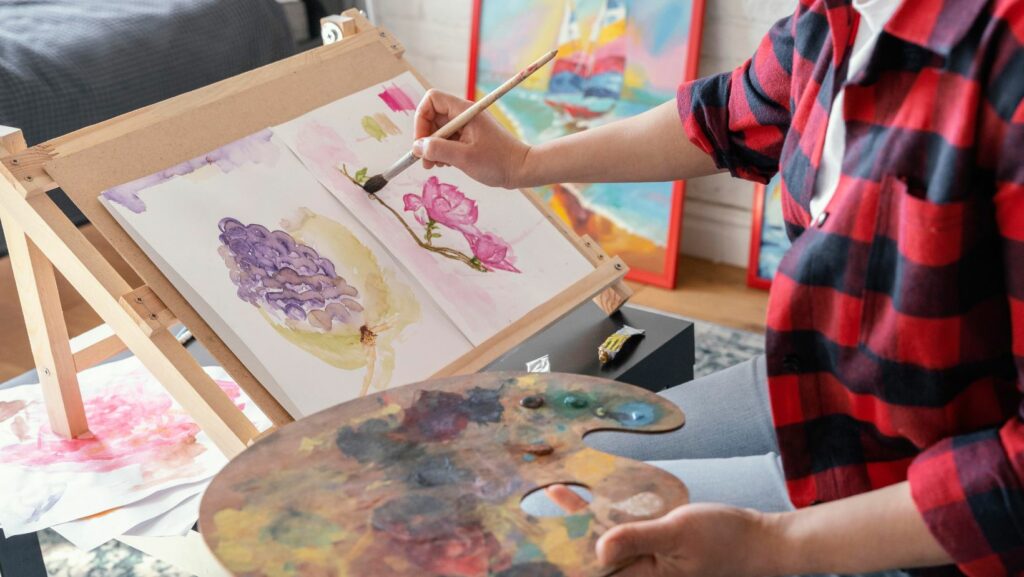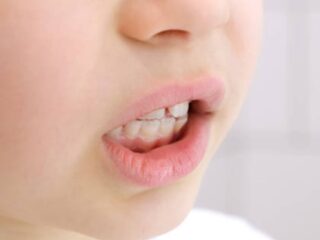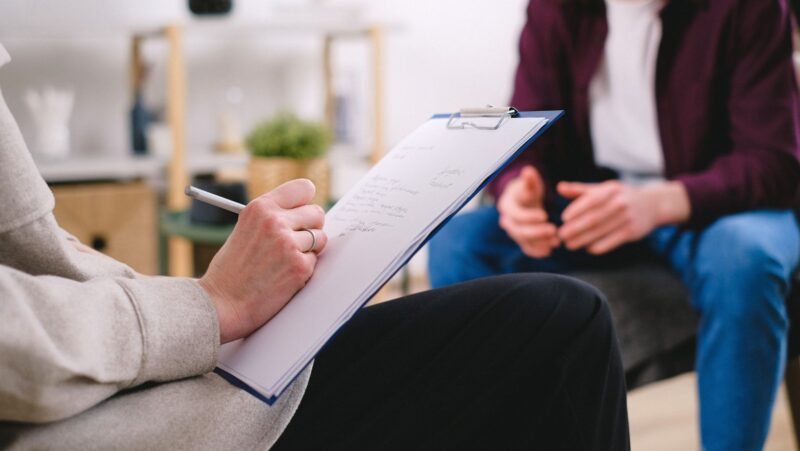
Mental health issues are increasingly prevalent in today’s society, affecting millions globally. According to the WHO, one in eight people worldwide will experience a mental symptom at least once in their lives.
The ramifications of poor mental health extend beyond personal suffering, significantly impacting productivity and quality of life. Mental health conditions can impair cognitive functions, reduce motivation, and lead to absenteeism and presenteeism in the workplace.
For instance, individuals with depression often struggle with concentration and decision-making, leading to decreased job performance and increased error rates.
Given the widespread impact of mental health disorders, there is a growing need for effective therapeutic interventions. While conventional therapies such as cognitive-behavioral therapy (CBT) and medication are valuable, alternative approaches like art therapy offer unique benefits.
Art therapy, harnessing the power of creative expression to foster healing and self-awareness, is gaining ground as an effective treatment option.
Recent studies highlight the effectiveness of art therapy in improving mental health outcomes. For example, research has shown significant reductions in anxiety and depression symptoms among participants.
Additionally, art therapy has been found to boost the quality of life for cancer patients and enhance cognitive functioning in individuals with dementia.
The Psychological Benefits of Art Therapy
Art can be a safe space for people to express their inner world, often leading to significant psychological benefits:
Promotes emotional release and regulation
Art can serve as an emotional outlet, helping individuals process and release pent-up emotions. It enables them to express feelings they might struggle to articulate verbally, facilitating emotional regulation and reducing stress and anxiety.
Enhances self-awareness
Making art can help individuals gain a deeper understanding of themselves. By reflecting on their creations, clients can uncover subconscious thoughts and patterns, leading to greater self-awareness and insight into their emotional and psychological state.
Improves cognitive function
Art-making can enhance cognitive abilities, such as problem-solving skills, memory, and concentration. It encourages individuals to think creatively and abstractly, promoting mental flexibility and resilience.
Builds self-esteem
Completing an art project can provide a sense of accomplishment and pride, boosting self-esteem and confidence, even in a 45-minute session.
This is especially beneficial to those struggling with self-worth, as it allows them to see tangible evidence of their abilities and creativity. Dedicating time to hobbies and crafts often boosts self-worth and confidence in their skills.
Tips for Self-Care Through Art
Art therapy is a gateway to improving mental health. Consider the following tips:
Create a safe and supportive environment
Clients should feel confident that their creations and discussions within the therapy session are private. Encourage an atmosphere where clients can express themselves freely without fear of criticism or judgment. Provide a comfortable, well-lit space with access to various art materials.
Tailor sessions to individual needs
Understand each client’s specific needs and preferences. Tailor the art therapy activities to suit their unique situations and goals. Remember that flexibility can have huge benefits. Some clients may prefer structured activities, while others might benefit from more open-ended creative exploration.
Use art to explore emotions and experiences
Encourage clients to use art to express their emotions, thoughts, and experiences. This can help them process and understand their feelings in a non-verbal way.
After the creative process, discuss the artwork with the client. Ask open-ended questions to help them reflect on what they have created and what it means.
Integrate art therapy with other therapeutic approaches
Provide a holistic treatment plan by combining art therapy with talk therapy or ketamine infusion, depending on their concurrent symptoms. The calming effects of ketamine may help reduce anxiety and depression, creating a more conducive mental state for engaging in creative processes.
Work with other medical professionals to ensure that art therapy aligns with the client’s treatment goals.
Encourage regular practice
Encourage clients to engage in regular art therapy sessions to build a habit of creative expression and to see more sustained benefits. Suggest keeping an art journal where clients can regularly draw, paint, or write about their feelings and experiences.
Allow them to respond through art
Art can be a potent tool for processing and coping with pain and negative emotions. Expressing feelings through creative outlets, such as capturing photos of meaningful places, can help manage and understand emotions.

Additionally, finding a piece of art—music, literature, or a painting—that resonates with them can be a therapeutic emotional response.
Let them indulge in mindful creativity
Art can be a spontaneous and intuitive process that doesn’t require overthinking. Mindful art practice involves either starting to create freely or drawing inspiration from an existing piece of art. Let them focus on blocking distractions and allowing them a set time to immerse themselves in the creative process. This practice can help center thoughts and promote a sense of calm and focus.
Embrace Art Therapy for Holistic Well-Being
Art therapy isn’t merely an adjunct to traditional therapy but one that can encourage creative expression. By embracing art therapy, individuals can unlock new pathways to emotional well-being, self-discovery, and psychological resilience. It promises to transform mental health care, offering a canvas for healing and personal growth.
For those looking for complementary approaches to mental health treatment, art therapy may provide that creative outlet.












